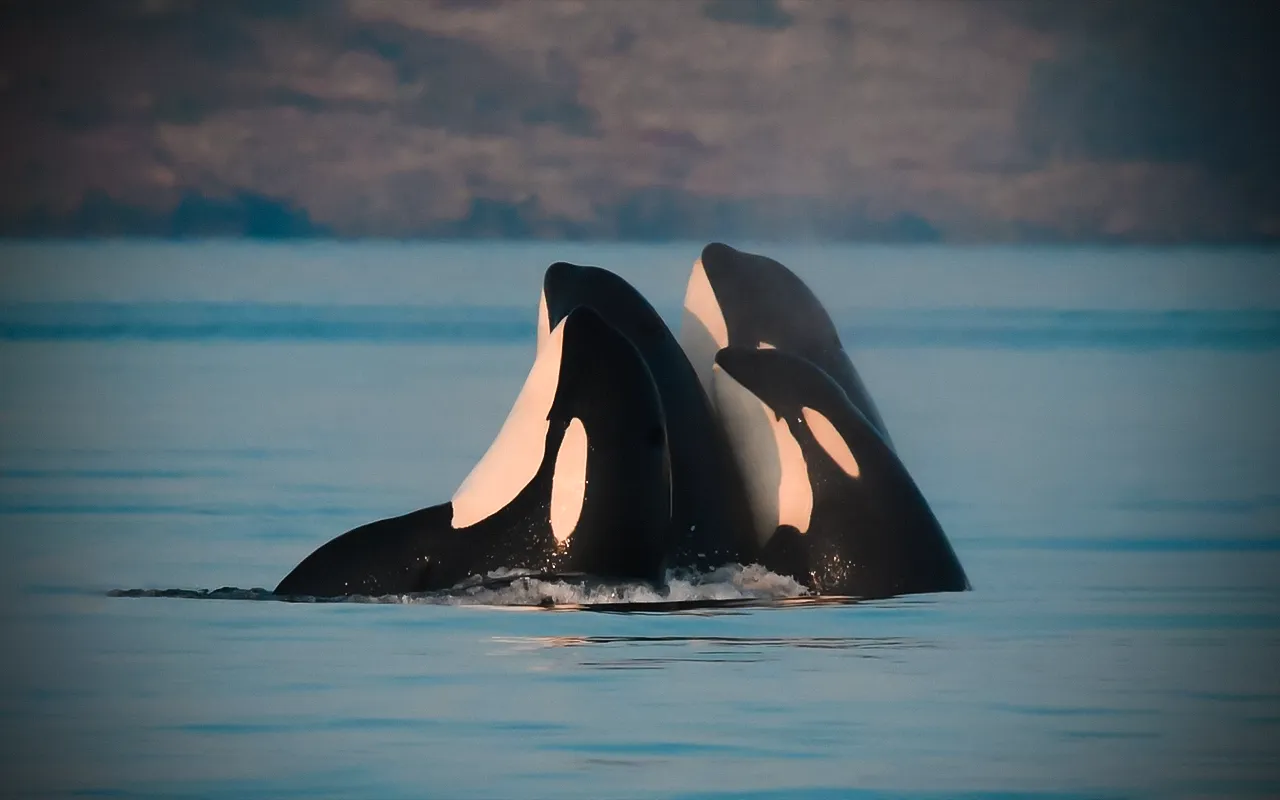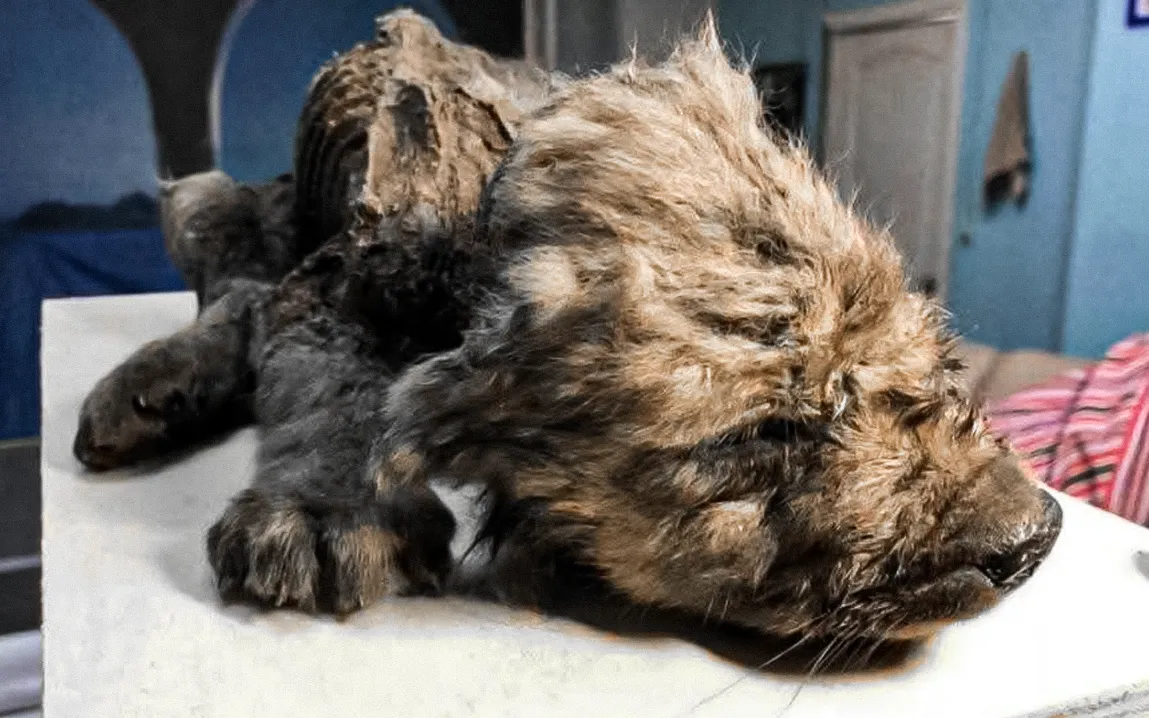In September 2024, marine researchers announced a breakthrough discovery regarding a mysterious population of orcas inhabiting the waters off Chile. Analyzing this population, new and complex hunting strategies have been identified, which contributed to the understanding of their specificistic actions and importance in the local environment. This has attracted the attention of the scientific community and the general population, with various media channels writing about it.
Counting and Analyzing the Orca Population in the Humboldt Current
The mentioned orca group inhabits the Humboldt Current system in the Southeastern Pacific near the coast of Chile, where the group feeds on krill and anchovy. However, these orcas seem to prefer hunting marine mammals, as was recorded by a team from the Universidad de Antofagasta led by Dr. Ana García Cegarra. The research, which relied heavily on citizen science and long-term surveillance, revealed that these orcas have a unique hunting pattern, targeting dusky dolphins, a prey previously undocumented in this area. This discovery is notable as orca populations are generally classified into distinct ecotypes based on their hunting preferences, and these orcas’ mammal-hunting skills suggest they may belong to the Type A ecotype.
Cooperative Hunting and Food Sharing
One of the most significant findings from this research is the cooperative hunting behavior exhibited by the orcas, particularly the Menacho pod. In several instances, scientists observed these orcas hunting in groups and then sharing the spoils of their hunt. Food sharing among orcas is not entirely unheard of, but this particular group’s behavior has brought new insights into how closely related orcas may coordinate their efforts. The females in the pod were observed distributing the meat among kin, which aligns with what has been recorded in other populations, such as those hunting sea lions along Chile’s coastline.
Challenges in Researching These Orcas
The research process has been challenging due to the elusive nature of this orca population. According to Dr. García Cegarra, obtaining closer biological data, such as genetic samples, has proven difficult. These orcas are highly intelligent and evasive, making it hard to approach them for tasks like skin biopsies, which could offer more conclusive information about their genetic ties to other orca populations. The research has been supported by whale-watching expeditions and fishing vessels, whose sightings have helped track the orcas’ movements.
Ecological and Conservation Implications
This research offers critical insights into the behavioral ecology of orcas in the southern Pacific Ocean. The discovery of their mammal hunting skills could have broader conservation implications. Understanding their prey preferences and how they interact with the marine environment is essential for developing strategies to protect this under-researched population. The presence of newborn calves in the Menacho pod also suggests that this orca group is reproductively active, though little is known about their survival rates.
Additionally, tracking these orcas could help scientists understand how different orca populations interact and connect within the greater South Pacific region. Orcas have vast migration ranges, and any new information about their feeding, mating, or migration patterns could contribute to global conservation efforts, particularly in light of climate change and habitat disruptions.
Broader Coverage and Public Interest
This remarkable discovery has been covered by various news outlets and scientific platforms, including Frontiers in Marine Science, Mirage News, and Physics.org. These outlets have highlighted both the scientific and conservation importance of studying these enigmatic creatures. The public’s growing fascination with orcas, fueled by their intelligence, complex social structures, and iconic status as apex predators, has further amplified the reach of this research.
Several media outlets have also emphasized the role of citizen science in facilitating this discovery. The involvement of non-scientists through whale-watching and local observations has been critical in gathering data, demonstrating the power of community engagement in scientific research. This approach has provided valuable insights that would have been challenging to obtain solely through traditional scientific methods.
Future Research Directions
While these findings mark a significant step forward in understanding orca behavior in the region, researchers stress that more data is needed to draw conclusive results about this population’s ecological role. The potential genetic linkages between this group and other orca populations across the southern hemisphere remain a key area of interest. Furthermore, scientists hope to explore the environmental factors driving these orcas’ hunting preferences, which could offer clues about their adaptability in a rapidly changing oceanic environment.
In conclusion, the tracking and observation of this mysterious orca group near Chile have provided groundbreaking insights into their behavior, particularly their newly discovered hunting skills. This research is not only important for the scientific community but also for broader conservation efforts aimed at preserving marine biodiversity in the South Pacific. Through continued study and citizen engagement, researchers hope to deepen our understanding of these fascinating marine predators.



